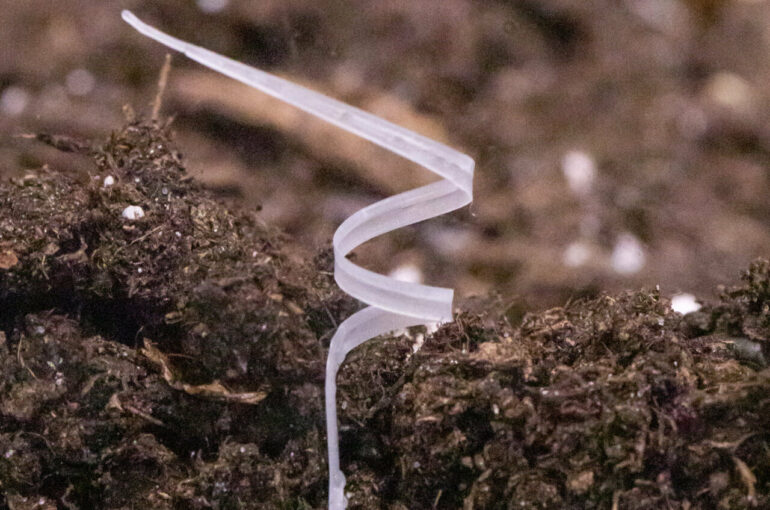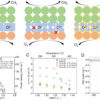A robot with the shape of a seed and the ability to explore the soil based on humidity changes has been developed. It is made of biodegradable materials and able to move within the surrounding environment without requiring batteries or other external sources of energy.
These are the main features of the first I-Seed, the first 3D-printed seed-robot created at the Istituto Italiano di Tecnologia (IIT-Italian Institute of Technology) in Genoa, by the researchers of Bioinspired Soft Robotics (BSR) Lab coordinated by Barbara Mazzolai, in collaboration with the University of Trento. The artificial seed is capable of transforming itself and moving around the environment autonomously, and may find applications in various fields, from environmental monitoring to reforestation.
The research paper that describes the prototype has been published in Advanced Science and featured on its cover. The result originates from the European project I-Seed, coordinated by IIT, whose main goal is to creating innovative robots inspired by plant seeds and able to act as sensors for monitoring soil quality parameters—including the presence of pollutants such as mercury—and air metrics, such as CO2 levels, temperature and humidity. The I-Seed project started in 2021.
The first I-Seed is inspired by the seed structure of a South African geranium, the Pelargonium appendiculatum, whose ability to change shape in reaction to variations in humidity in the surrounding environment—the so-called hygromorphic structure—is replicated.
“Our studies started from the observation of nature, with the aim to imitate the strategies of living beings or their structures and replicate them in robotic technologies with low environmental impact in terms of energy and pollution,” explained Barbara Mazzolai, Associate Director for Robotics of the IIT and coordinator of project I-Seed.
Plants are a constant source of inspiration for the research group of the IIT-BSR Lab coordinated by Mazzolai, who is a pioneer in the field. After mimicking the growth and movement strategies of the roots and climbing plants, the group focused on studying the movement and dispersal features of the seed-carrying structures typical of the Gerianaceae plants.
When the right environmental conditions occur, these seeds detach from the plant and, exploiting the hygroscopic properties of the materials they are composed of, they change shape and move independently to explore and penetrate the soil, thus increasing the chance of germination. What researchers find interesting is that these seeds exploit dead cellulose-based tissues that lack metabolism and are able to deform, exploiting only changes in environmental humidity.
By analyzing these tissues histologically, the researchers replicated the seed design by using and combining 3D printing and electrospinning techniques. To identify the best solution, different materials with characteristics adaptable to the desired application were tested, such as materials capable of absorbing humidity and expanding like cellulose nanocrystals and polyethylene oxide, coupled to biodegradable and thermoplastic polymers based on Polycaprolactone.
“With this latest research, we have further proved that it is possible to create innovative solutions that not only have the objective of monitoring the well-being of our planet, but that do so without altering it,” said Mazzolai.
“These biodegradable and energy-autonomous robots will be used as wireless, battery-free tools for surface soil exploration and monitoring. This bioinspired approach has allowed us to create low-cost instruments that can be used to collect in-situ data with high spatial and temporal resolution, especially in remote areas where no monitoring data are available,” added Luca Cecchini, a Ph.D. student at IIT in collaboration with the University of Trento and first author of the study.
More information:
Luca Cecchini et al, 4D Printing of Humidity‐Driven Seed Inspired Soft Robots, Advanced Science (2023). DOI: 10.1002/advs.202205146
Provided by
Italian Institute of Technology
Citation:
The first 3D-printed biodegradable seed robot, able to change shape in response to humidity (2023, April 19)



